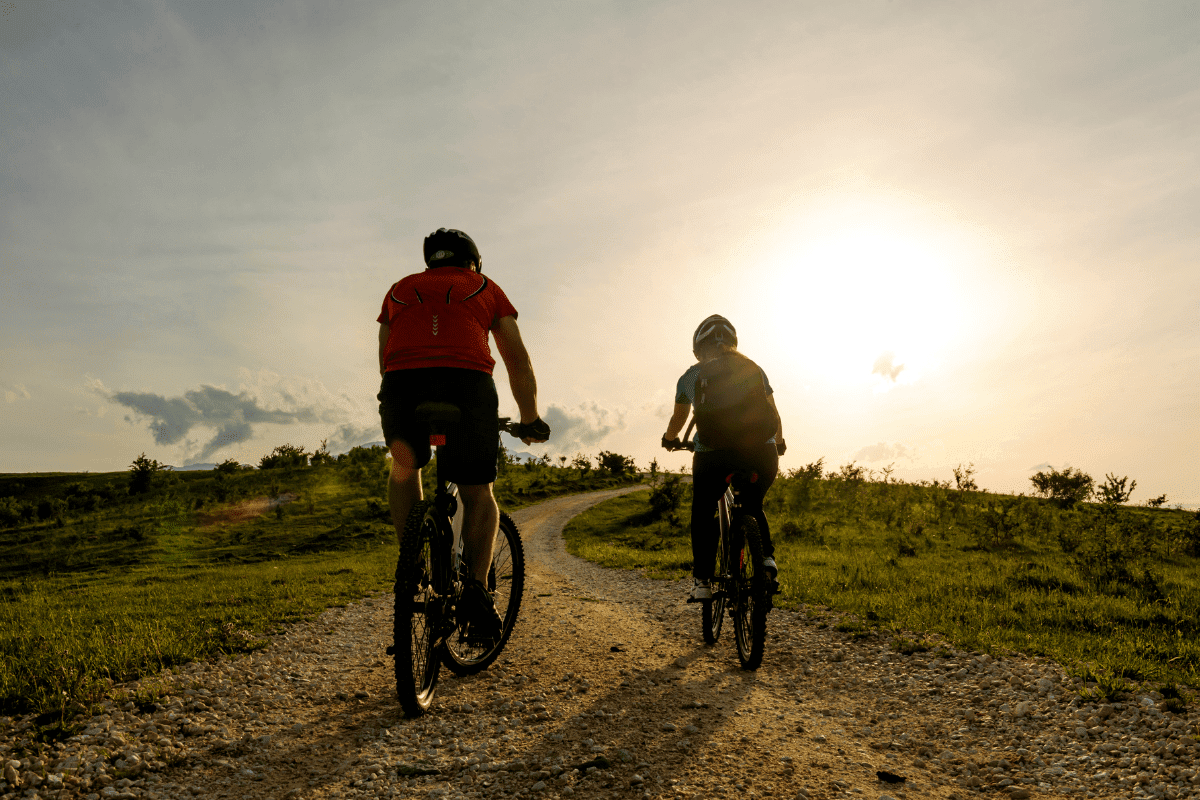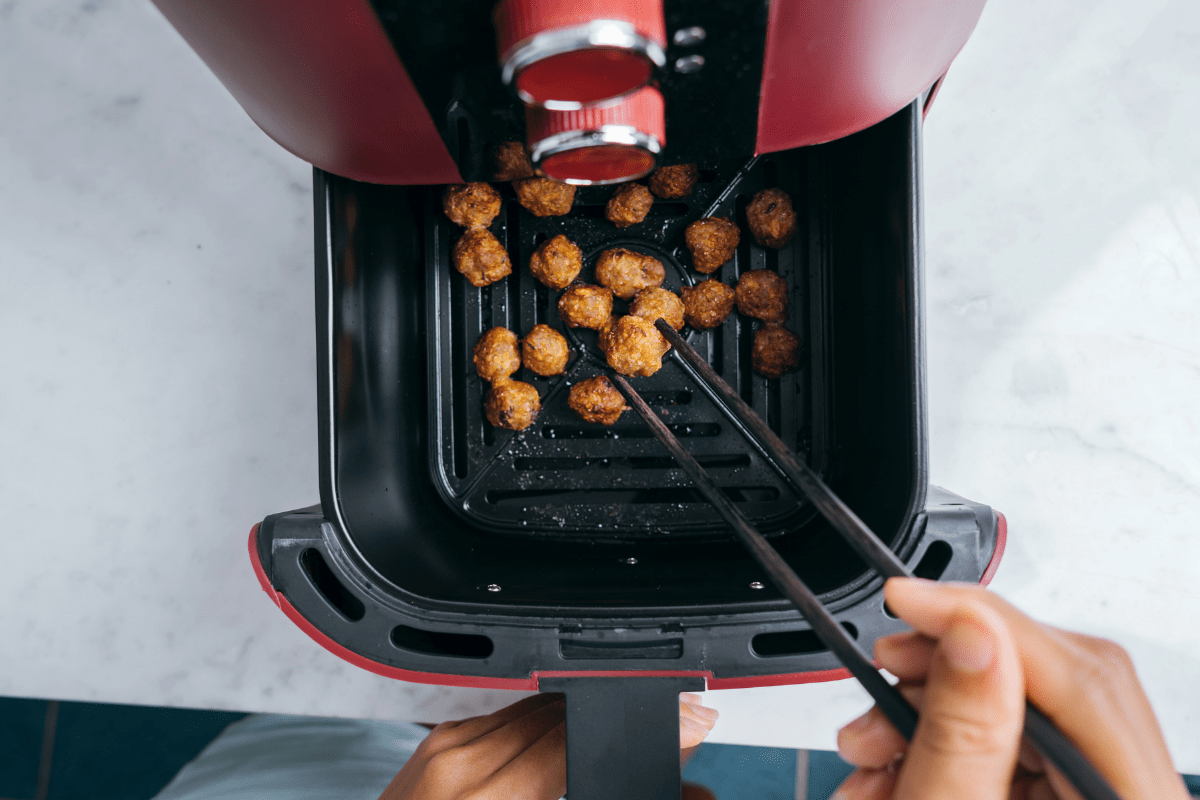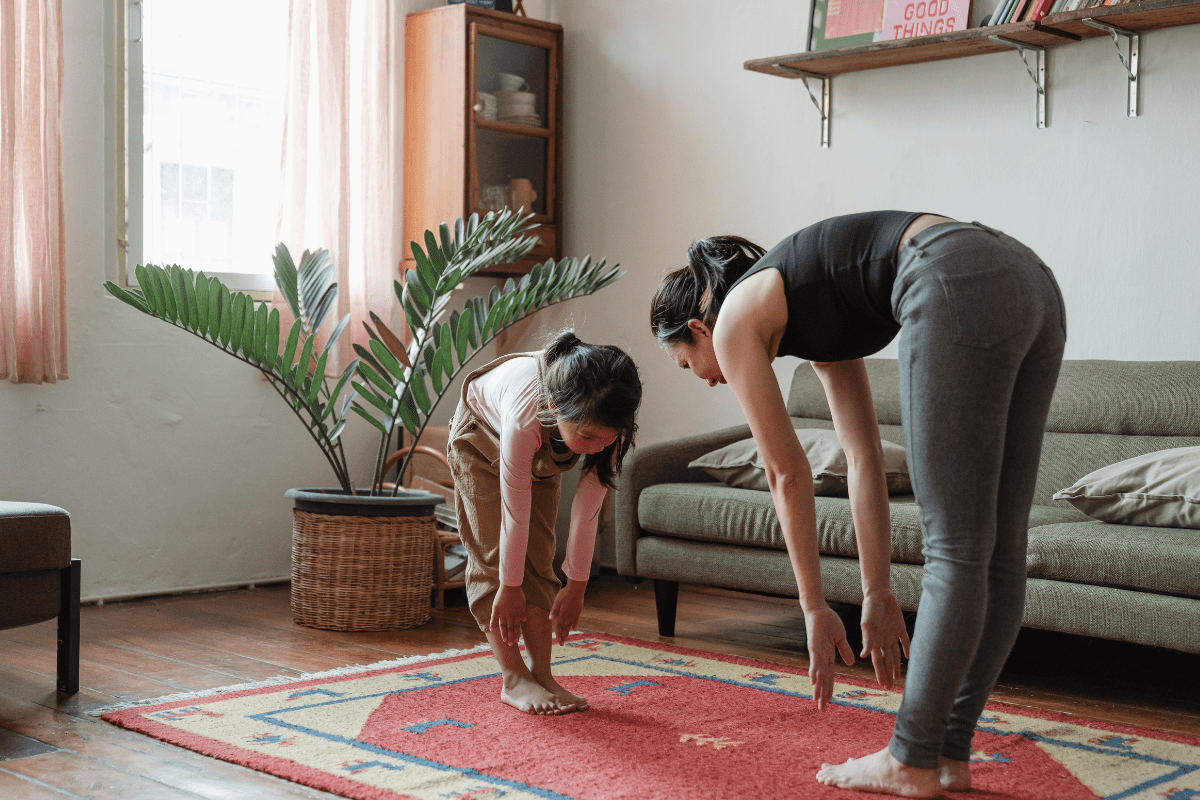Every parent has been there… watching their kid wobble down the driveway on two wheels for the first time, torn between pride and sheer terror. The good news is that with the right safety knowledge and a few practical habits, family bike rides can be both fun and safe, even when your 8-year-old thinks stop signs are merely suggestions.
The essential gear that actually matters
Let's start with the obvious one that somehow still needs repeating: helmets. I know, I know… your kid thinks they look "dumb" and you're tired of the daily helmet battle. But here's the thing that might change your perspective: helmets can reduce head injury risk by up to 70%, and studies show they provide up to an 88% reduction in the risk of head, brain, and severe brain injury. When you consider that 62% of bicyclists killed in 2023 weren't wearing helmets, suddenly that daily argument seems worth having.
Getting the helmet fit right
Here's where most families mess up (myself included, until I learned better). A helmet that doesn't fit properly is almost as useless as no helmet at all. The two-finger rule works great: you should be able to fit two fingers between your child's eyebrows and the helmet's edge. It should sit level on their head, not tilted back like a baseball cap, and when they shake their head, the helmet should move with it.
Look for that CPSC sticker inside the helmet… it means it meets U.S. government safety standards. And here's something most parents don't know: replace helmets every five years or immediately after any crash where your child hits their head. The foam inside can compress and lose its protective ability, even if the helmet looks fine on the outside.
Visibility gear that works
Bright colors are nice, but reflective gear and lights are what actually save lives. Your kids need to be seen, especially since bicyclist deaths peak during evening hours from 6 p.m. to 9 p.m. Front lights should be white, rear lights red, and you can never have too much reflective tape on bikes and clothing.
Consider this your permission to go a little overboard… that neon yellow vest your teenager thinks is "embarrassing" could be the difference between a close call and a tragedy. Trust me, they'll get over the fashion crisis.
Pre-ride safety checks you can actually remember
Most bike maintenance advice sounds like it was written by someone who has never dealt with three kids wanting to ride RIGHT NOW. So let's keep this simple with the ABC method that even my 6-year-old can remember.
The ABC check takes about two minutes and could prevent most mechanical failures that lead to crashes. A is for Air: squeeze the tires… they should feel firm, not squishy. Check the sidewall for the correct PSI if you have a pump with a gauge. B is for Brakes: squeeze each brake lever and try to push the bike forward. The wheels shouldn't roll. C is for Chain: it should be clean and slightly oily to the touch, not dry or rusty.
Teaching kids to do their own checks
Here's where you can turn maintenance into a game instead of a chore. Create a simple checklist with pictures that kids can follow. Let them use the tire gauge, test the brakes, and check if the chain needs oil. Not only does this build responsibility, but kids who understand their bikes are more likely to notice when something feels wrong during a ride.
Start with simple tasks and gradually add more as they get older. A 5-year-old can learn to squeeze brakes and check if wheels spin freely. By 10, they can handle basic chain maintenance and tire pressure checks. The goal isn't to make them bike mechanics, but to help them understand that bikes need care to be safe.
Age-appropriate riding rules that make sense
Every kid develops differently, but there are some general guidelines that can help you decide when your child is ready for different types of riding. The key is matching their cognitive development with the complexity of the riding environment.
The little ones (ages 3-6)
Preschoolers belong in protected spaces: driveways, parks, empty parking lots, and definitely not near traffic. Their brains literally can't process multiple variables quickly enough to handle road situations safely. They're still learning basic bike control, and that's perfectly normal.
This is also prime time for the balance bike versus training wheels debate. Balance bikes tend to create more confident riders faster, but training wheels aren't evil if that's what you have. The goal is building confidence and basic steering skills in a safe environment.
Elementary schoolers (ages 7-12)
This age group can handle neighborhood riding with supervision, but they're not ready for busy roads. They can start learning hand signals and basic traffic concepts, but their judgment about speed and distance is still developing.
Here's a sobering fact: children between five and 14 have the highest injury rate of all bicycle riders. That doesn't mean they shouldn't ride… it means we need to be smart about where and how they ride. Stick to quiet neighborhood streets, bike paths, and always maintain visual contact when possible.
Preteens and teens (12+)
Older kids can start handling more complex traffic situations, but don't assume they're ready for everything just because they're taller. Road riding requires split-second decisions and the ability to predict what drivers might do. Some 12-year-olds have this; some 16-year-olds don't.
The good news? Deaths among bicyclists younger than 20 have declined 88% since 1975, largely because we've gotten better at matching riding environments to developmental abilities.
Traffic rules and avoiding the most dangerous scenarios
Let's talk about the scary stuff… but with solutions, not just fear. Understanding where and how bike crashes happen helps you teach your kids to avoid them.
The most important thing to drill into your kids' heads: failing to yield the right of way is the highest factor in fatal bike crashes, followed by bicyclists not being visible. Those aren't abstract concepts… they're specific behaviors you can practice and improve.
The intersection danger zone
Thirty-five percent of bicyclist deaths in 2023 occurred at intersections, making them the highest-risk areas for family cycling. The classic "right hook" scenario happens when a car turns right and doesn't see a cyclist coming up on the right side. Teach your kids to make eye contact with drivers and to never assume they've been seen.
At stop signs and traffic lights, position yourselves where you're visible. If you're riding with kids, consider having them walk their bikes across busy intersections rather than riding through. Yes, it's slower, but it's also much safer.
Time and place matter more than you think
Nearly three-quarters of all bicyclist deaths occur in urban areas, and summer months between June and September see the highest fatality rates. Evening hours are particularly dangerous, with deaths peaking from 6 p.m. to 9 p.m.
This doesn't mean you should never ride in cities or during summer evenings, but it does mean you need to be extra careful during these higher-risk times. Better lighting, more reflective gear, and choosing less busy routes become even more critical.
Hand signals that actually work
Teaching proper hand signals feels old-fashioned, but they're still the best way for cyclists to communicate with drivers. Keep it simple:
- Left turn: left arm straight out
- Right turn: left arm up at 90 degrees
- Stopping: left arm down at 45 degrees
- "I see you": make eye contact and wave
Practice these in your driveway until they become automatic. The goal is clear communication that doesn't require taking both hands off the handlebars.
Real accident prevention based on actual data
The statistics around childhood bike accidents can be overwhelming, but they also point toward specific prevention strategies. About 300 children are killed and more than 400,000 go to hospital emergency rooms each year due to bicycle injuries. Most of these aren't freak accidents… they're predictable scenarios with known solutions.
Environmental hazards cause plenty of crashes that never involve cars. Potholes, debris, wet leaves, and construction zones can all send riders tumbling. Teach your kids to scan ahead constantly and to slow down when conditions aren't perfect.
Weather riding guidelines
Wet roads change everything about bike handling. Tires slip more easily, braking distances increase, and visibility drops for everyone. If you must ride in wet conditions, slow down significantly and avoid painted lines, manhole covers, and leaves, which become incredibly slippery when wet.
Hot weather brings different challenges. Kids need more water breaks, and overheating can affect judgment and reaction times. On really hot days, consider shorter rides or stick to shaded paths.
Building defensive riding habits
Defensive riding means always assuming drivers don't see you and having an escape plan. Teach your kids to constantly ask themselves: "What would I do if that car pulled out?" or "Where would I go if that driver doesn't stop?"
This isn't about being paranoid… it's about developing the kind of situational awareness that prevents accidents. Kids who learn to think ahead become much safer riders.
Family riding strategies that work in real life
Group rides with kids require different strategies than solo cycling. The goal is keeping everyone together and safe while still having fun, which can be trickier than it sounds.
For family rides, put the most experienced adult in back and the second-most experienced in front. Kids ride in the middle where they can be monitored from both directions. Establish clear communication signals before you start: one whistle means slow down, two means stop immediately.
Route planning with kids in mind
Choose routes based on your least experienced rider, not your most advanced one. Bike paths and quiet neighborhood streets are always better than busy roads, even if they're longer. Apps like Strava route planner can help you find family-friendly cycling routes in your area.
Have backup plans for when kids get tired, weather changes, or someone has a mechanical issue. Know where the nearest bike shops are, and always carry basic tools: tire pump, spare tube, and multi-tool.
Emergency preparedness without paranoia
Carry a basic first aid kit and make sure someone in your group has a charged phone. Teach kids what to do if they get separated: stay where they are and wait for an adult, don't follow strangers offering help, and know important phone numbers by heart.
For longer rides, consider giving older kids their own emergency contact cards with your information. GPS tracking devices designed for kids can provide peace of mind without being overly intrusive.
Creating a family safety culture
The most effective bike safety happens when good habits become automatic. This means making safety part of your family's cycling culture, not just a list of rules you recite before rides.
Lead by example every single time. Kids notice when you skip the helmet "just for a quick ride around the block" or when you roll through stop signs. Consistency matters more than perfection, but it does matter.
Making safety engaging, not scary
Turn safety checks into games rather than chores. Time yourselves doing ABC checks, or let kids teach younger siblings how to properly fit a helmet. Celebrate safety achievements: "Great job remembering to signal that turn!" works better than only pointing out mistakes.
Consider letting kids pick out their own helmets and safety gear within your budget and safety requirements. Kids are more likely to wear gear they helped choose, even if their color preferences differ from yours.
Bike safety doesn't have to be complicated or scary. With the right gear, basic maintenance habits, age-appropriate rules, and a focus on the most common risk scenarios, family cycling can be both safe and enjoyable. The key is building good habits gradually and consistently rather than trying to master everything at once.
Remember: the goal isn't to eliminate all risk… that's impossible. The goal is to manage risk intelligently while still letting kids experience the joy and independence that comes with riding a bike. Start with the basics, add complexity gradually, and always prioritize safety over speed or convenience. Your family's cycling adventures will be all the more enjoyable when everyone gets home safely.





